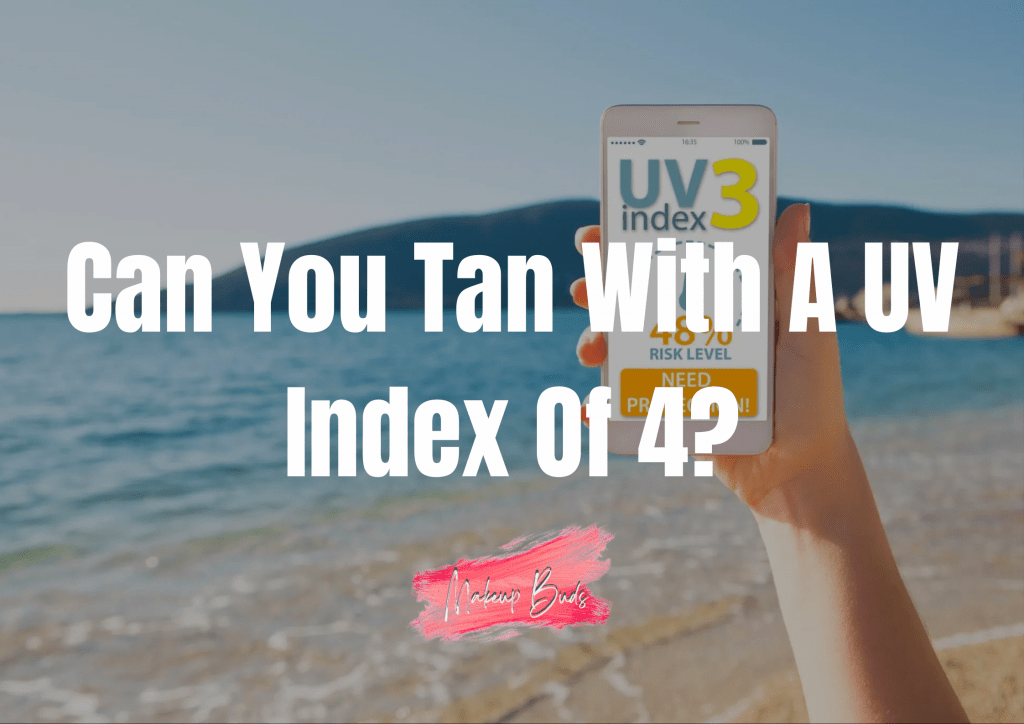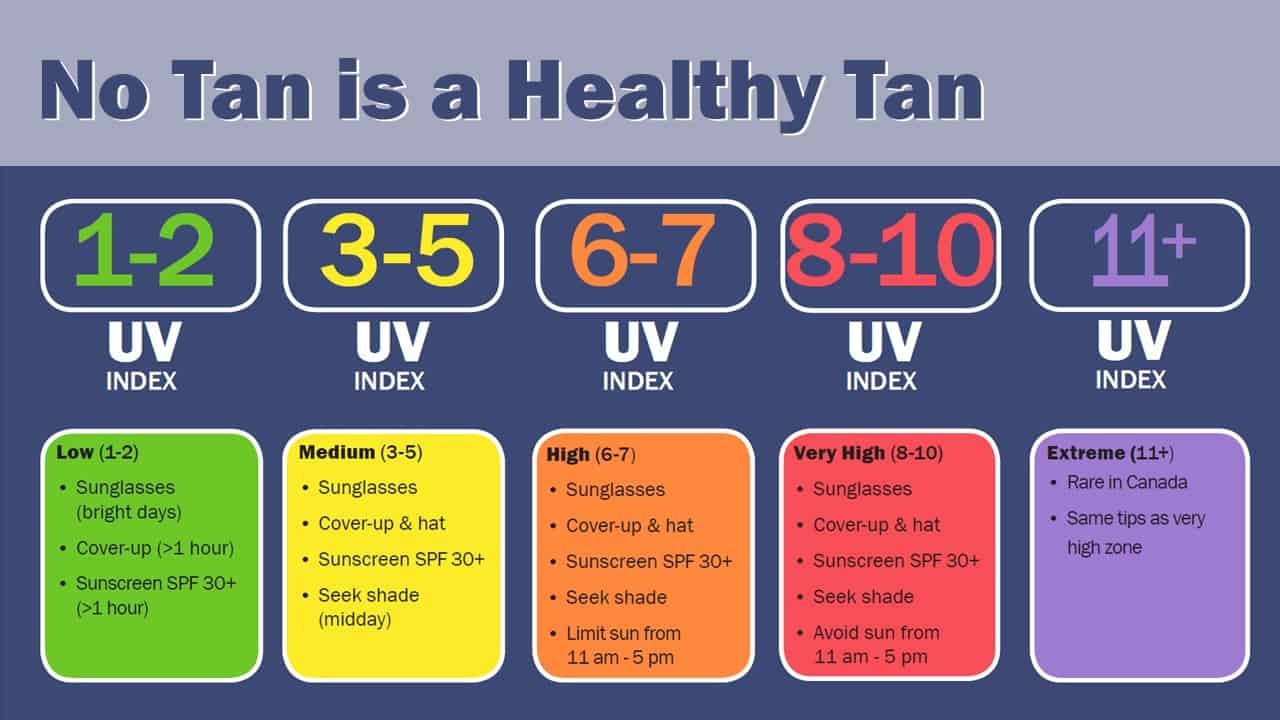All these days, you have been thinking tanning is about grabbing a towel and sitting in the sun for as long as your heart pleases. But who knew there would be so many rules to it? Yes, this method of satisfying your skin to the eyes is not easy. You have to get a tan and save your skin against predators like UVA and UVB radiation produced by the sun while enjoying the brisk rays. It sounds like too much work, doesn’t it?

Playing around on the sunny beach on your weekend may be a valid reason to enjoy, but you need to be smart about it. Different UV Index will allow you to tan, and you have to pick up what suits you best. But, Can You Tan With A UV Index of 4? What does it mean, and how harmful is it? Let’s get into the details.
Can You Tan With A UV Index Of 4?
No one can stop you from tanning in the sun with a UV index of 4. The number 4 falls in the range of UV Index 3 to 5, which is considered moderate exposure. A person’s average time in this index to tan is 45 minutes, which is a lot. This automatically means that your skin will be the food of harmful UV rays for a long time. So, instead of feeling helpless, it is recommended that you use a PSF of 30 or above to fight off these rays.
This means that it will take 30 times or longer to tan yoru skin. Make sure you reapply every two hours, as the power of your sunscreen starts to vanish after that. Don’t forget to toss your sunglasses and a hat to protect yoru eyes. If possible, seek shade between 10 am and 4 pm, as the rays are of the highest intensity.
What is the UV index?
The UV index is a measuring system like that of a ruler. It has divided the range of UV light in terms of intensity and the way it reaches the earth to us. The main motive for innovating this interesting theory was to get an idea of how much time an individual spends in or out of the sun. Also known as the Sunbathing Calculator, it decides how much time you can spend in the sun, depending upon its intensity. Other factors like your location, elevation, time of the year, skin type, and the SPF you are using come into play too.
Canadian scientists in the early 1990s came up with this brilliant idea, which has since become a rage among tan lovers. This UV index number tells you how intense the UV radiation is from the sun. The scale is measured from 0 to 11, where the former stands for no UV radiation, whereas the latter stands for highest UV radiation.

What Is UV Index Best For Tanning?
First, no UV index is suitable for tanning as there is skin damage eventually. This is because the skin needs exposure to UVA and UVB rays to form a tan. While UVA rays cause the pigment cells already present in our skin to darken, UVB rays stimulate the skin to produce more pigment cells.
The higher the number, the faster your skin will burn. So you need to draw out a rough idea of what amount of time you need to be outside and what kind of SPF you need to wear to minimize the risk. A UV index of 0-2 is considered a low exposure level, 3-5 is moderate, 6-7 is high exposure, and 8-10 is very high exposure, whereas, above 11, it is extreme. So, decide accordingly.
Can You Tan In UV Index 1?
Yes, although index 1 is the lowest on the scale, it is still possible to get a tan if exposed to the sun. This is considered the most inadequate exposure when daylight has started entering the atmosphere. The US Environmental Protection Agency stated that this scale range of 1-2 is a time when the strength of UV light is almost non-present.
Still, you should carry your sunscreens because the average time for the skin to burn here is 60 minutes. Use an SPF 30 or plus, and don’t forget your shades. Getting sunburnt here is not impossible but improbable. But it’s better to be safe than sorry, right?
